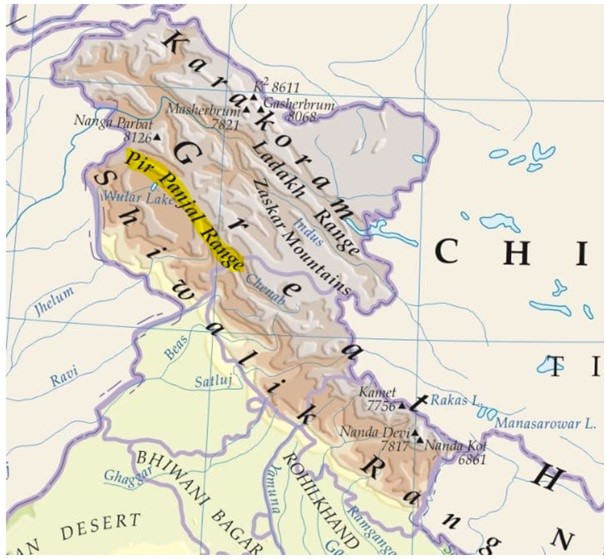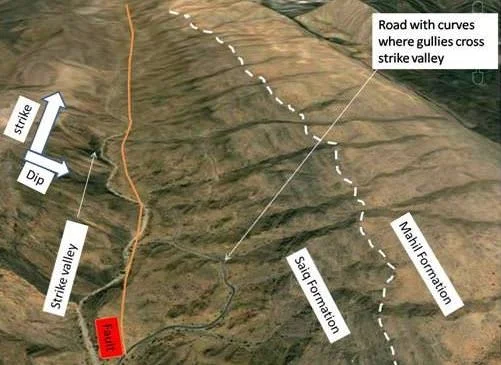Free Courses Sale ends Soon, Get It Now


Free Courses Sale ends Soon, Get It Now



Disclaimer: Copyright infringement not intended.
Context
About Pir Panjal Valley
Passes in Pir Panjal
Important Valleys
Strike valley vs. Transverse valley

|
PRACTICE QUESTION Between which ranges does the Kashmir Valley in the Himalayas lie? A) Siwalik And Pir Panjal B) Pir Panjal And Dhauldhar C) Zanskar And Pir Panjal D) Dhauldhar And Zanskar Answer: C |
© 2024 iasgyan. All right reserved